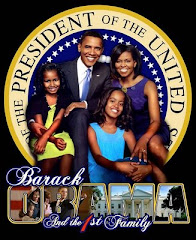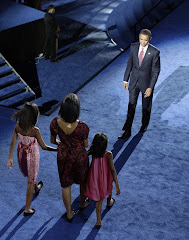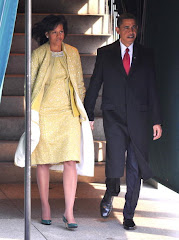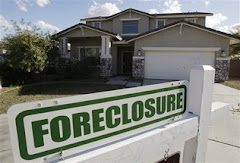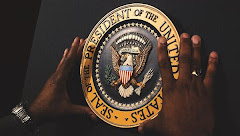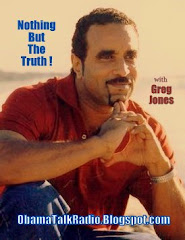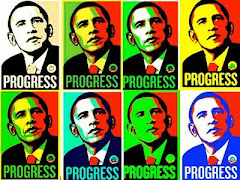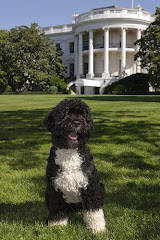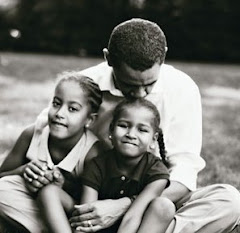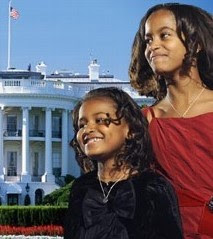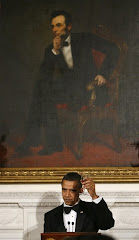Chicago Tribune
EMMANUEL DUNAND / AFP/GETTY IMAGES
When Michelle Obama moves into the White House — a mansion built partially by slaves — she will embark upon a life her great-great-grandfather, who was a slave, never could have envisioned for her.
A family's journey
Fraser Robinson: born 1884.
Fraser Robinson Jr.: born 1912.
Fraser Robinson III: born 1935.
Michelle Obama: born 1964, will be America's next first lady
GEORGETOWN, S.C. —
Tiny wooden cabins line the dirt road once known as Slave Street as it winds through Friendfield Plantation.
More than 200 slaves lived in the whitewashed shacks in the early 1800s, and some of their descendants remained for more than 100 years after the Civil War. The last tenants abandoned the hovels about 30 years ago, and even they would have struggled to imagine a distant daughter of the plantation one day calling the White House home.
But a historical line can be drawn from these Low Country cabins to Michelle Obama, charting an American family's improbable journey through slavery, segregation, the civil-rights movement and a historic presidential election.
Their documented passage begins with Jim Robinson, Michelle Obama's great-great-grandfather, who was born about 1850 and lived as a slave, at least until the Civil War, on the sprawling rice plantation. Records show he remained on the estate after the war, working as a sharecropper and living in the old slave quarters with his wife, Louiser, and their children. He could neither read nor write, according to the 1880 census.
Robinson would be the last illiterate branch of Michelle Obama's family tree.
Census records show each generation of Robinsons became more educated than the last, with Michelle Obama eventually earning degrees from Princeton University and Harvard Law School. Her older brother, Craig, also earned an Ivy League education.
Barack Obama's campaign hired genealogists to research the family's roots at the onset of his presidential bid, but aides largely have kept the findings secret. Genealogists at Lowcountry Africana, a research center at the University of South Florida in Tampa, scoured documents to put together a 120-page report, said project director Toni Carrier. She said the center signed a confidentiality agreement and is not allowed to disclose the findings publicly.
However, in his now-famous speech on race during the primary, Barack Obama, whose father was from Kenya, stated he was "married to a black American who carries within her the blood of slaves and slave owners."
Obama aides refused to discuss the report or allow Michelle Obama to be interviewed about her ancestry. She has said she knew little about her family tree before the campaign, but census reports, property records and other historical documents show her paternal ancestors bore witness to one of the most shameful chapters in U.S. history.
In January, when the Obamas move into the White House — a mansion built partially by slaves — as the country's first African-American first family, Michelle Obama will embark upon a life her great-great-grandfather never could have envisioned.
Living in slave shacks
Little is known about Jim Robinson's life at the Friendfield Plantation, beyond that he worked in the riverfront rice fields after the Civil War. Local historians don't know how or when he came to Friendfield, but census records indicate both his parents were born in South Carolina. The coastal Carolina city often is referred to as the African-American Ellis Island because of the many slave ships that docked along its shores.
A map from the early 1870s, when Robinson was living on the plantation, shows three parallel rows of slave cabins, each with 10 to 13 buildings along Slave Street. By 1911, only 14 were standing.
Five single cabins remain today. With their massive fireplaces and wood-plank walls, each tells a story about slave life on the plantation.
The small shacks, only 19 feet deep, housed several families at once, said Ed Carter, who oversees the property. Large stone fireplaces were used for cooking and heating. Attic space beneath the gable roof offered a place for extra people to sleep.
The plantation's former owner, Francis Withers, built a "meeting house" for slaves on the estate before 1841, and the South Carolina Conference of the Methodist Episcopal Church assigned a preacher there. A fire destroyed the church in 1940.
By the time Withers died in 1847, the family had expanded Friendfield to include six plantations and more than 500 slaves. At the height of the rice trade, Friendfield was one of the most lucrative plantations in the area, Carter said.
In his will, Withers, educated at Harvard University, provided for the care of his slaves, including the upkeep of the church and a salary for the preacher. He also requested his slaves be treated with "great kindness and be fed and clothed."
He left $10,000 to purchase more slaves to work the plantation and provided financial incentives for his surviving relatives to retain his "Friendfield gang of slaves" as a group and not break up families.
Respect for learning
The plantation's prosperity faded after the Civil War, and the family began selling off the property in 1879, according to land records. Jim Robinson, like many former slaves, continued to live on the farm.
It's unclear when he died, but local historians think he is buried in an unmarked grave in a slave cemetery that overlooks the old rice fields on the edges of Whites Creek.
Among Jim Robinson's surviving children was Fraser Robinson, Michelle Obama's great-grandfather. Born in 1884, he went to work as a houseboy for a local family before his 16th birthday. Census records show he was illiterate as a teen but had learned to read and write by the time he had children.
As an adult, he worked as a lumber-mill laborer, shoe repairman and newspaper salesman. He registered for the draft during World War I but was turned down because he had lost his left arm, military records show.
Fraser Robinson married a local woman named Rose Ella Cohen and had at least six children. Described by a family friend as an intelligent man who wanted his children to be well-read, he always brought home his extra copies of the "Palmetto Leader and Grit," a black newspaper that was popular in rural communities across the country.
"He used to make his children read those newspapers," said Margretta Dunmore Knox, who still lives in Georgetown and attended the same church as the Robinsons. "Maybe that's how they became so smart."
His eldest son, Fraser Jr., was born in 1912 and graduated from high school. Census records from 1930 show that 18-year-old Fraser Jr. was living at home and working at a sawmill after earning his diploma.
At the time, Georgetown, a coastal town about an hour's drive north of Charleston and the state's third-oldest city, was split along racial lines. Basic human rights that blacks had known after the Reconstruction era disappeared as the Deep South sank into the Depression and segregationist ways.
The power of "Enough"
As Georgetown's economy crumbled, Fraser Jr. headed north to Chicago in search of employment. There, he met and married LaVaughn Johnson. Their son Fraser Robinson III — Michelle Obama's father — was born in 1935.
Although they never attended college, Fraser III and his wife, Marian, made education a top priority for their two children. Both would attend Princeton and earn postgraduate degrees from prestigious universities.
Fraser and LaVaughn Robinson lived on the South Side of Chicago for part of Michelle's childhood, before retiring and moving south. After returning to Georgetown, the couple joined the AME Bethel Church, founded by freed slaves in 1865 and the oldest black church in the city. The couple sang in the choir and built a large circle of friends, Knox said.
Michelle Obama returned to the same church in January while campaigning for her husband in the South Carolina presidential primary. Addressing a packed audience that included at least 30 descendants of Jim Robinson, Obama talked about the need for change in the confident voice of a distant daughter of slavery.
"Things get better when regular folks take action to make change happen from the bottom up," she said. "Every major historical moment in our time, it has been made by folks who said, 'Enough,' and they banded together to move this country forward — and now is one of those times."
Copyright © 2008 The Seattle Times Company





